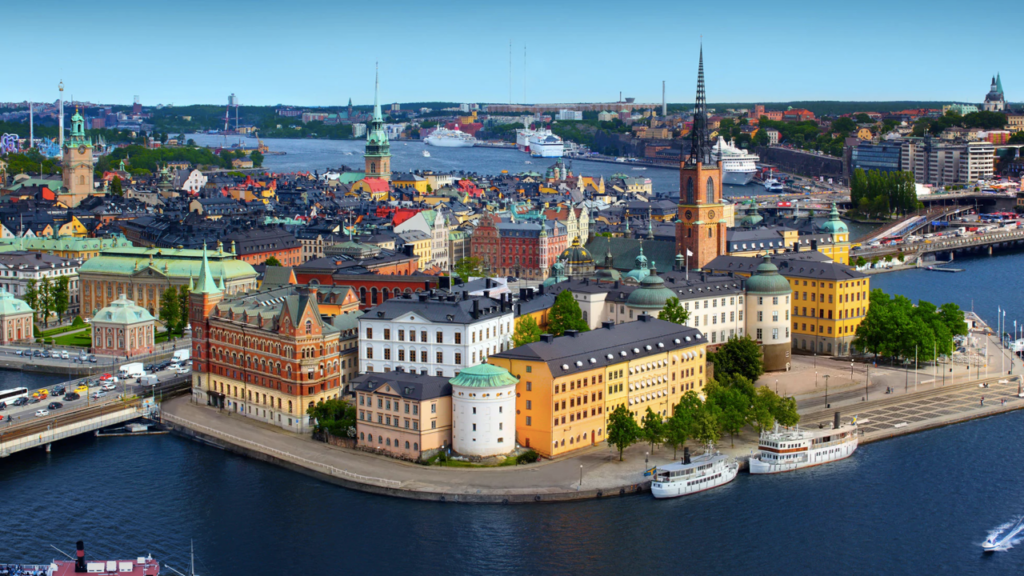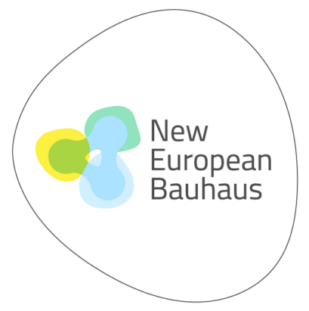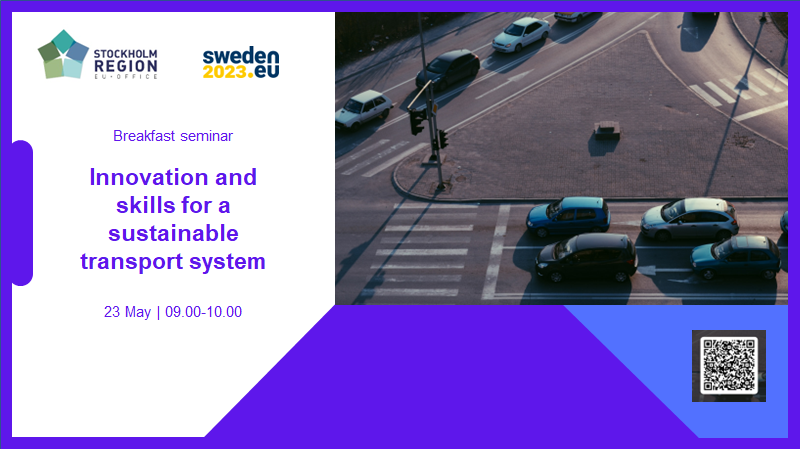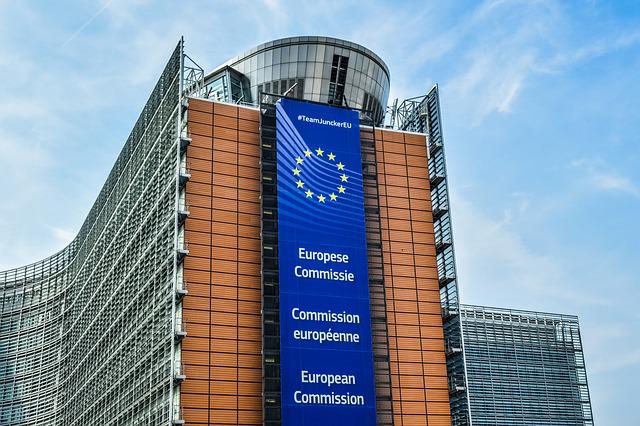The Stockholm region is committed to fostering a dynamic innovation ecosystem and promoting strategic collaborations to sustain its international competitiveness. A key focus is on strengthening strategic research corridors and innovation hubs, such as Hagastaden-Kista-Uppsala and Flemingsberg-Södertälje-Strängnäs. These areas serve as vital environments for driving world-leading innovation through close collaboration between academia, business and the public sector, laying the foundations for sustainable economic growth and technological leadership in the global marketplace.
The Stockholm Region EU Office has been located in Brussels for 30 years and is continuously advocating for a sustainable, smart, and competitive transition at an EU level from a local and regional perspective. At the same time, promoting a just and inclusive transition, taking perspectives such as gender equality and skills into account. In line with these efforts, the Stockholm Region EU Office advocates on the basis of three key areas; sustainable growth, competitiveness and innovation.
During the following mandate period of 2025-2030 the office focuses on initiatives such as the next long-term budget (MFF) and the next research and innovation programme (the FP10 Framework Programme). For example, the EU multiannual financial framework should take into account the needs of both stronger and weaker regions and clarify the capacity of public actors to address common EU challenges.
In the case of cohesion policy, the new programming period should ensure that local and regional actors are well-positioned to take part in designing future programmes, given that cohesion policy is implemented at local and regional level.
During this mandate period, there will also be a strong focus on the specific mandate for an urban strategy within the framework of cohesion and reform. The Stockholm Region EU Office will work to ensure the region’s voice is heard in the reform work on urban investment strategies, including urban hubs. Additionally, The EU Office advocate for EU investments in labour market inclusion and thereby contributing to reducing social disparities and segregation.
Positions





















